logo


19th Dec, 2023
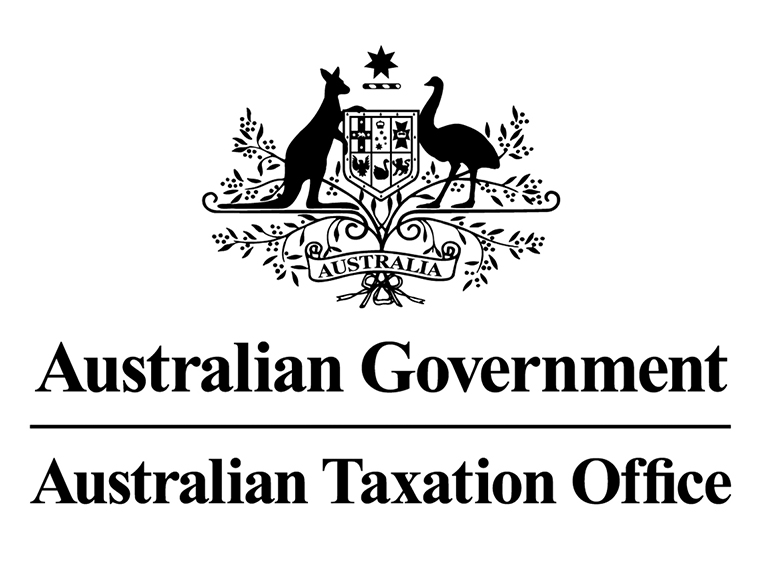
In response to community feedback and perhaps to negative commentary in the media, the ATO has announced it is pausing its “awareness campaign around tax debts on hold”. It notes that the purpose of the letters it sent was to ensure that taxpayers had full visibility of their existing tax debts. Nonetheless, it will undertake a review into its overall approach to debts on hold before progressing any further.
If your small business has tax amounts owing to the ATO and hasn’t received a letter thus far, keep in mind that you may still have a debt on hold.
Many small business debts were put on hold entirely by the ATO (meaning debt amounts were not deducted from tax refunds or credits) during the COVID-19 pandemic’s rapidly changing business conditions, with the intention of giving these businesses a chance to recover and rebuild. The Australian National Audit Office reviewed this approach and found it to be inconsistent with the law, and the ATO then received clear advice that by law, any credits or refunds that a small business becomes entitled to must be used to pay off (offset) its tax debt. This action is generally automatic, and should apply even where the ATO is not actively pursuing the debt (such as was the case during the height of the pandemic).
Due to the legal requirement for offsetting, small businesses with debts on hold may now find that any credits or refunds from lodged tax returns or BASs may be less than expected, or may even be reduced to zero. After the offsetting, any balance payable relating to your business’s debt on hold will remain on hold until it is paid in full.
You don’t need to actively do anything in relation to offsetting of debts, and you will only need to contact the ATO if you’d like to make payments towards your debt on hold or make a request for the ATO not to offset.
The easiest way to check whether a debt on hold exists is through ATO online services. You may need to download a file with all transactions on the applicable account to check, as debts on hold will not show as an outstanding balance on the account (because of their “on hold” status).
It’s important to be aware that debts on hold can be reactivated at any time where the ATO believes that there’s capacity for your business to pay. You will be notified if this is going to happen, usually in writing. A reactivated debt will show as an outstanding balance on the relevant account in ATO online services.
While the ATO acknowledges that its approach to communicating about debts on hold caused “unnecessary distress”, particularly to taxpayers whose debts were incurred several years ago, it has verified that all debts exist and that all taxpayers were previously informed when the debt was originally incurred through their notice of assessment.
19th Dec, 2023
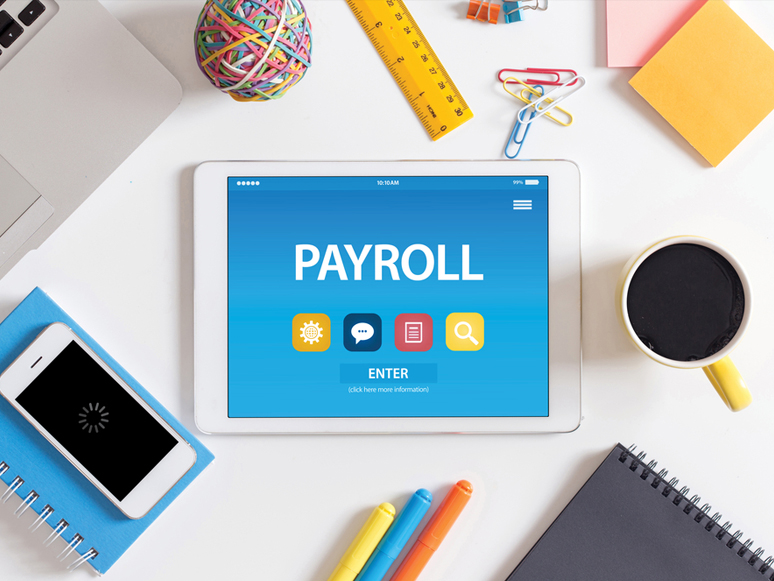
While Single Touch Payroll Phase 2 (STP Phase 2) started on 1 January 2022, many digital service providers have a deferral in place to enable them to transition their customers over time. Under STP Phase 2, businesses report certain information directly to the ATO through their payroll software, such as:
STP Phase 2 doesn’t change which payments employers need to report through STP, but it does change how those amounts need to be reported.
Employers need to take note that STP Phase 2 changes require your input. Carefully review your payroll reporting codes to ensure accurate data submission to the ATO through STP.
You will now start to see BAS data pre-filling by the ATO.It’s important to cross-check the pre-filled information with your payroll records to prove the correct data has been submitted to the ATO and ensure correct withholdings are remitted. Any anomalies you identify may highlight errors in your system configuration.
Don’t forget that when an employee leaves a job, information must be provided in the employer’s STP Phase 2 report, including the employment cessation date and the correct code indicating why the employee left. Details of termination payments must also be reported to the ATO.
23rd Oct, 2023

The ATO has advised that new and ongoing subscription costs can also qualify as eligible expenditure for the purposes of the digital adoption boost. This was not specified in the ATO’s original release on the measure.
The additional 20% tax deduction applies to eligible expenditure incurred by small and medium business entities between 7:30 pm AEDT on 29 March 2022 and 30 June 2023. The boost is for business expenses and depreciating assets and is capped at $100,000 of expenditure per income year. Eligible claimants can receive a maximum bonus deduction of $20,000 per income year.
In its latest release, the ATO states that a good rule of thumb is to consider “if the small business would have incurred the expense if they didn’t operate digitally. That is, if they hadn’t sought to adopt digital technologies in the running of their business”.
Using this rule of thumb, the ATO confirms that these costs are eligible:
Whether some expenditure is eligible for the boost will depend on its purpose and its link to digitising the operations of the specific small business. For example, “the cost of a multifunction printer would not be eligible if it were intended to only make copies of paper documents. However, it would be claimable if being used to convert paper documents for digital use and storage”.
Importantly, the ATO states that new and ongoing subscription costs can also qualify as eligible expenditure if it relates to a taxpayer’s digital operations; for example, an ongoing subscription to an accounting software platform for the business would qualify, as would a new subscription for digital content that is used in developing web content to advertise the business.
23rd Oct, 2023
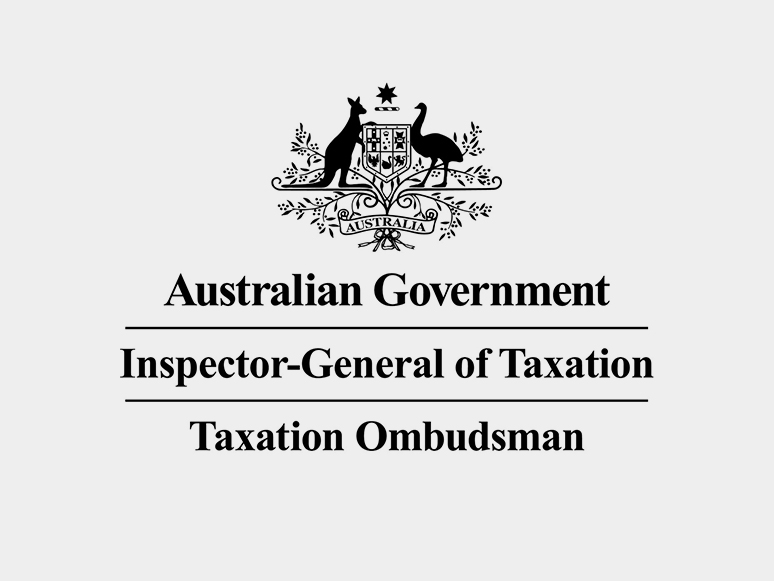
A recent Inspector-General of Taxation and Taxation Ombudsman (IGTO) report has recommended improvements to the small business litigation funding program, aimed at delivering better access to justice and fairness for small businesses.
The original intention of the funding program was to mitigate the disadvantage that small business taxpayers face against the ATO, which is a well-resourced and experienced litigant in proceedings which are often complex and costly.
Taxpayers that are self-represented in the Administrative Appeals Tribunal Small Business Taxation Division in disputes with the Commissioner of Taxation are generally eligible for litigation funding where the ATO engages external legal representation. Eligible small business taxpayers will have reasonable costs of engaging an equivalent level of legal representation covered.
The report from the IGTO was mainly based on two completed dispute investigations, where taxpayers expressed concerns that the ATO had attempted to cap the funding to levels below that necessary to run their matter.
There were also questions as to the ATO’s calculation basis for reimbursements which taxpayers were not made aware of when entering these agreements, and the ATO’s “numerous emails to the taxpayers’ legal representatives questioning the bills which … detracted from case preparation”.
The IGTO notes that without the adoption of its suggested improvements to litigation funding by the ATO, further dispute investigations should be expected. Meanwhile, in response, the ATO considers itself to be no longer bound by the original policy intent of the program, and has continued to confine the findings of the report to the two cases investigated, notwithstanding similar ATO actions and decisions that have been subject to further complaints to the IGTO.
However, it is understood that the ATO does intend to consult with stakeholders before committing to any improvements and that the IGTO recommendations contained in the report will be considered as a part of this process. While changes may not be forthcoming for the small business litigation program, the takeaway for taxpayers is that they can always turn to the IGTO, which provides an independent body to investigate the ATO’s decisions.
23rd Oct, 2023
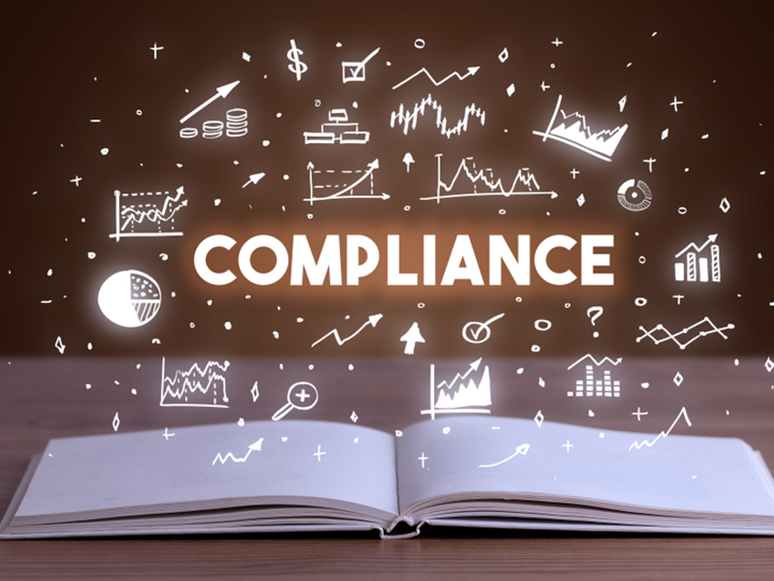
The ATO has ramped up compliance activity in the self managed super fund (SMSF) space in response to an increasing number of funds that have been identified as not complying with superannuation obligations. For the 2023 year, the ATO says it has issued double the amount of tax and penalties when compared with the 2022 income year, and the number of disqualifications has tripled.
For the 2023 year, ATO compliance actions included issuing an additional $29 million in income tax liabilities, administrative and tax shortfall penalties, and interest on SMSF trustees and/or members, which is double the amount of tax and penalties the ATO issued in 2022. In addition, a total of 753 trustees were disqualified in the 2023 income year, and that is more than triple the amount of disqualifications in the 2022 income year.
According to the ATO, the most common reason for applying penalties was the illegal early access of super benefits by fund members. It reminds SMSF trustees that they have a responsibility to ensure that members have met a condition of release before any funds are released. Trustees should also be aware that some conditions of release have cashing restrictions which restrict the form of benefit (ie lump sum or pension) or the amount of benefit that can be paid.
Common conditions of release include the fund member having reached preservation age and retired, or commenced a transition-to-retirement income stream; ceasing an employment arrangement on or after the age of 60; being 65 years old even though they haven’t retired; or having died.
If the common conditions of release aren’t met, where a member meets eligibility requirements under certain special circumstances, they are able to have at least part of their super benefits released before reaching preservation age. These special circumstances include that the fund member:
Besides targeting illegal early release, the ATO has reminded trustees of SMSFs that their fund must be audited every year by a suitably qualified auditor and an annual return must be lodged by the due date. This blitz on the SMSF compliance is set to continue all through until the end of the 2024 income year, with the ATO explicitly stating it will take “firm action” against trustees who persistently fail to comply with their obligations and seriously breach the superannuation laws.
23rd Sep, 2023
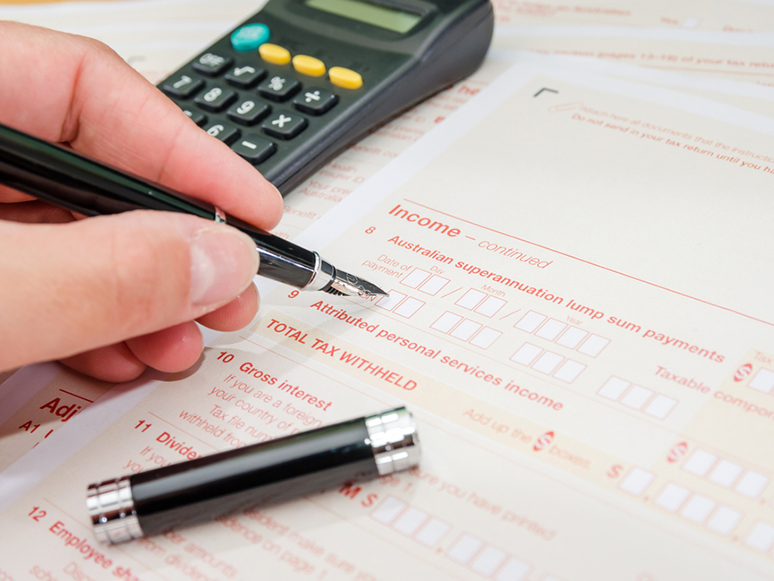
The ATO has given the green light for taxpayers with uncomplicated financial affairs to lodge their returns. It says that the information it collects from employers, banks, private health insurers, share registries and other institutions has now been pre-filled and is ready to go on either myTax (accessed through myGov) if you’re lodging your own return, or through tax portals of registered agents, if you’re using those services.
The ATO notes that income such as amounts from rental properties, government payments, capital gains from the sale of investments, or other income from “side hustles” – in particular sharing economy platforms and any cash received for work performed – can’t be pre-filled, so will need to be manually entered. There are multiple current ATO data-matching programs running, for example in the areas of residential property and ride-sourcing, so it’s important to get your income reporting right the first time this year.
You should also be aware of some changes this year which may negatively affect the amount of refund you receive, and in some cases may result in tax amounts payable. These include the cessation of the low and middle income tax offset (LMITO), and the replacement of the “shortcut” method for calculating working from home (WFH) with the revised fix rate method, which allows claiming 67 cents per hour instead of 80 cents for each hour you work from home.
Due to these and other changes, the ATO reminds that the initial tax estimate you receive from myTax or your registered tax agent may not match the final tax outcome. It’s best to wait for your finalised notice of assessment before making any plans for spending an anticipated tax refund.